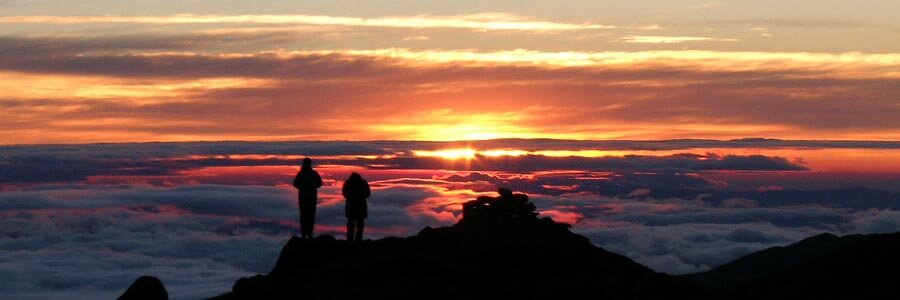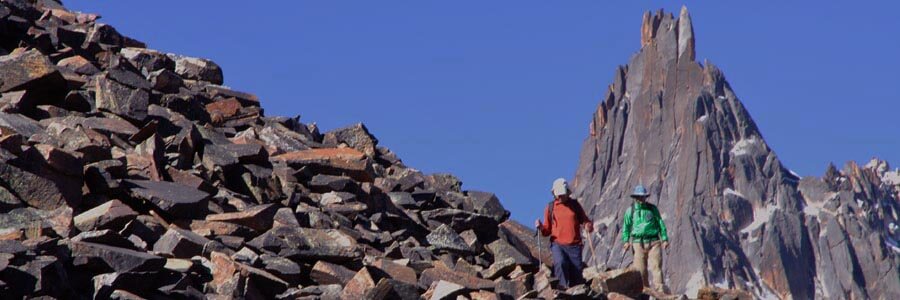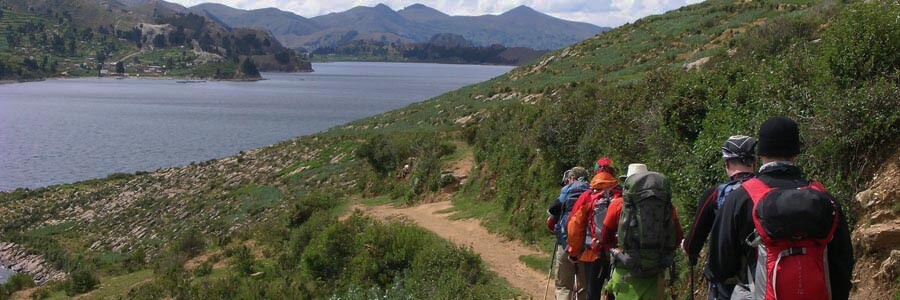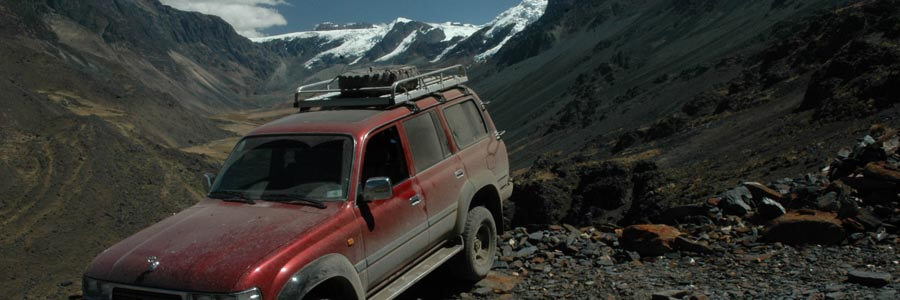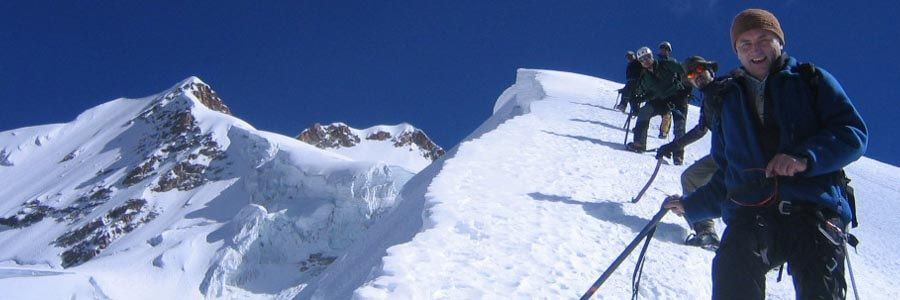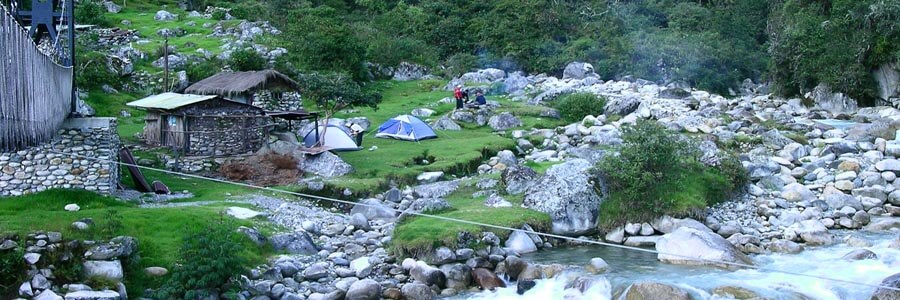The Mountains, High plateau and valleys in The Andes are told to be the paradise of the paleontologists. Experiences like just stopping for a rest during a hike and finding a fossil are not rare among people who travelled this land.
Locals will know many places where you have a handful of fossils in only 20 minutes of hunt. Or valleys where you have to be very careful not to step on the bones of mastodons, glyptodonts, gigantic slots and many other animals from times in the past.
The sedimentary material on top of the Rock bed in The Andes that was in some regions covered with sea-waters, and Volcanic activity bringing igneous materials, give a great view of what was all the pale fauna and pale flora in South America.
The following list will just give an idea of the date if you are lucky enough to find one of these fossils.
CENOZOIC 65 000 000 to 10 000 years ago
Quaternary
Time or the big mammals, including: megaterium, Mylodonts Hyodonts and Glyptodonts. There in The Andes are still found fossils of all these huge armadillos, slots, elephants, and sabre teeth tiger, and horses. Hominidae appear during this period of time and still exists.
Neocene
Placental mammals
Paleocene
Mammals appear, rodents, and primates.
MESOZOIC 250 000 000 to 65 000 000 years ago
Cretaceous, Jurassic and Triassic
Are the time of the reptiles and plants with flowers appear, but end with the extinction of many species of animals. In Bolivia there are foot prints of these reptiles in Cal Orko and Quila Quila in Chuquisaca and Toro Toro in Potosi.
PALEOZOIC 250 000 000 to 570 000 000 years ago
Permian
Fish, amphibious and reptiles like Dimetrodon and edafosaurus Still exist invertebrate like trilobites and brachiopods.
Carboniferous
Invertebrate: Brachiopods and echinoderms Amphibious vertebrates
Devonian
Vertebrate: Fish like ostracoderm and placoderm Silurian Mollusks, echinoderm, eurypterid
Ordovician
Thysanopyge, trilobites, meristeloid Cambric Trilobites, Brachiopods, Gastropods, Bryozoans, Graptolites, and coral.
Paleontological and Archaeological pieces in all the Andes belong to the country where they have been found, original pieces could be confiscated at the airports if it is tried to take them away, there is not much control on small pieces, and there is also a great deal of fake fossils, or “home made original” pieces for sale in the markets. In some cases it is very hard to recognize a replica from the original, so the safest way to keep the credit of a good piece in your hands, may be a picture taken on the right moment.

